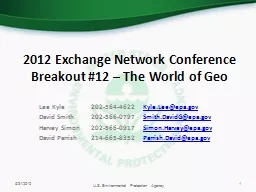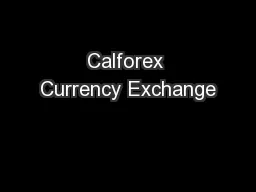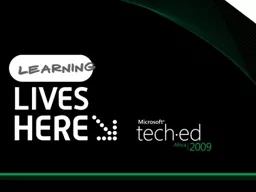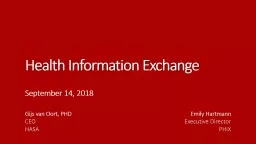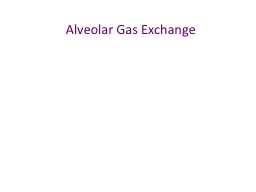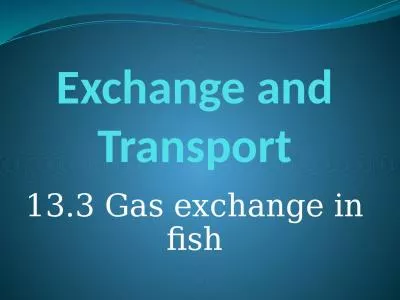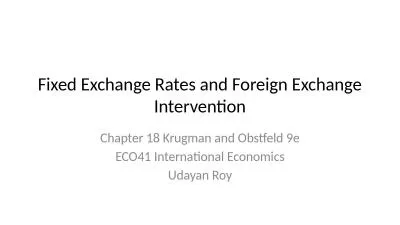PPT-2012 Exchange Network Conference
Author : luanne-stotts | Published Date : 2019-11-22
2012 Exchange Network Conference Breakout 12 The World of Geo Lee Kyle 2025644622 KyleLeeepagov David Smith 2025660797 SmithDavidGepagov Harvey Simon 2025660917
Presentation Embed Code
Download Presentation
Download Presentation The PPT/PDF document "2012 Exchange Network Conference" is the property of its rightful owner. Permission is granted to download and print the materials on this website for personal, non-commercial use only, and to display it on your personal computer provided you do not modify the materials and that you retain all copyright notices contained in the materials. By downloading content from our website, you accept the terms of this agreement.
2012 Exchange Network Conference: Transcript
Download Rules Of Document
"2012 Exchange Network Conference"The content belongs to its owner. You may download and print it for personal use, without modification, and keep all copyright notices. By downloading, you agree to these terms.
Related Documents

